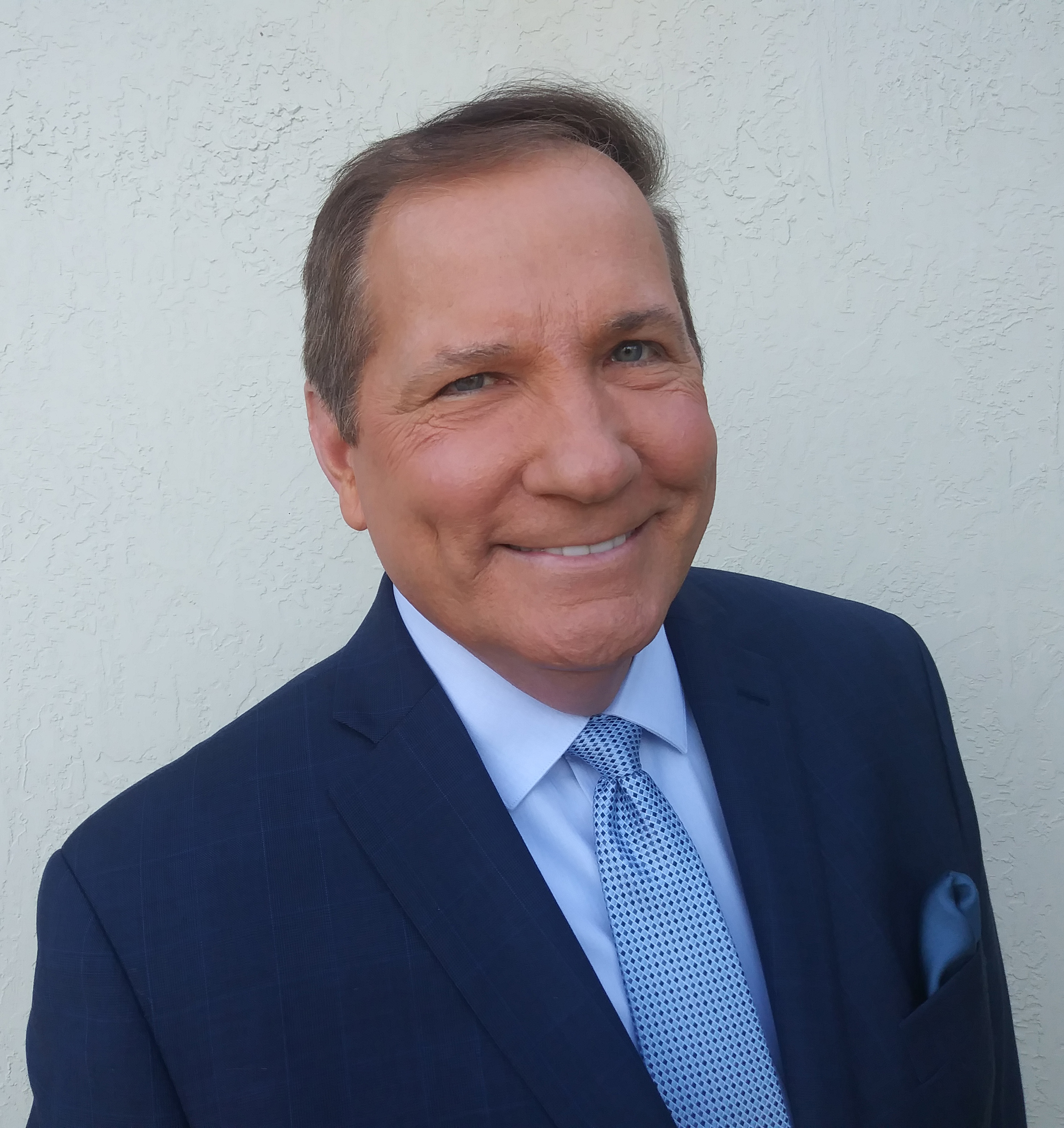 |
NOAA’s Weather-Ready Nation initiative is about building community resilience in the face of increasing vulnerability to extreme weather and water events.
In People of Weather-Ready Nation, we sit down with some of the people responsible for building a Weather-Ready Nation. We recently talked to Erik Salna, Associate Director at the International Hurricane Research Center.
1. What does a Weather-Ready Nation mean to you?
WRN is being ready and prepared for severe weather hazards that may affect you and your family. This has to become a way of life, something we just naturally do. It means we all have to take personal responsibility and accountability to be prepared.
In hurricane-prone areas, it means knowing your storm surge evacuation zone, having a survival kit, having a family and business disaster plan and mitigating your home. For example, I personally helped my mother-in-law replace her old garage door with a new, stronger hurricane-resistant one.
2. How are you helping to build a Weather-Ready Nation?
The International Hurricane Research Center (IHRC) at Florida International University in Miami is a multi-disciplinary research and education organization focused on a single mission: to reduce hurricane damage and loss of life through more effective mitigation. The IHRC conducts studies involved with storm surge hazard and vulnerability, economic loss modeling and wind engineering, including the Wall of Wind. The Wall of Wind conducts wind engineering research and testing of industry designs and products. The goal is to advance the science of wind engineering, promote mitigation, enhance building codes and foster resilient communities.
IHRC education and outreach takes this new knowledge and research into the community through partnerships, projects and community events. This includes the hands-on, interactive Wall of Wind museum exhibit, which has kids experiment with little houses and different rooftops to see which does better against hurricane force winds. The IHRC also collaborates with the National Hurricane Center, co-located on the FIU campus.
3. What is the biggest challenge you see in making the nation ready, responsive, and resilient to extreme events?
We have to win the war against apathy, complacency and myths, which are the cancers of preparation and safety. We should all consider flood insurance, if we can afford it. We should not ignore local officials regarding evacuations, and decide to ride the storm out when advised to leave. If you have a loved one in a senior care facility, you need to make sure they will be okay. If a family member has special needs, a special, more detailed disaster plan is required.
We have to upgrade our requirements when looking to buy a new home. It’s okay to desire granite countertops, walk-in closets, and a safe neighborhood, with good schools and nearby parks. But it’s also good to consider how well that home was built, the materials used, does it have a hip-shaped roof, the building code requirements when it was built, is it in a flood-prone area, is it mitigated or has it been retro-fitted.
And lastly, folks need to stop applying tape onto windows for wind protection. It is a waste of time. Tape does nothing.
About:
Erik Salna is a meteorologist and Associate Director at the International Hurricane Research Center. Salna also has many years of experience as a broadcast meteorologist, providing live continuous coverage of hurricanes, tornadoes and flooding.